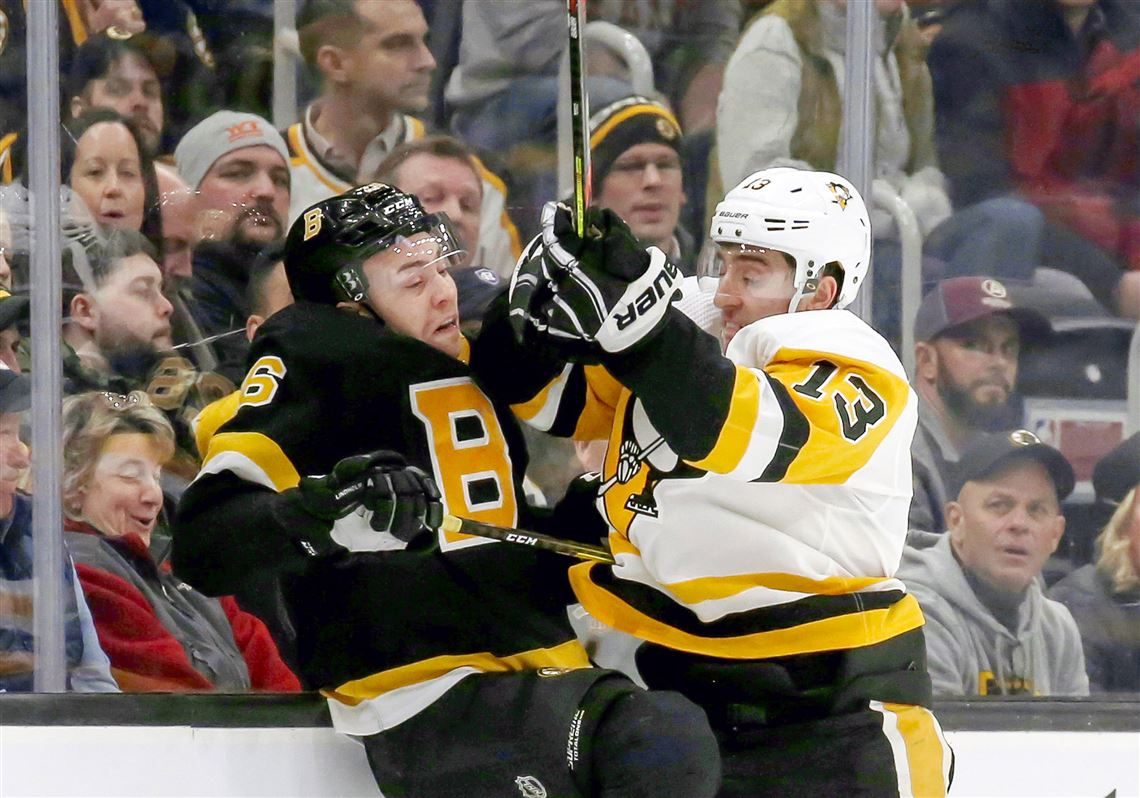As the sports world keeps on spinning amidst the COVID-19 pandemic, each league faces its own unique challenges and speed bumps.
For a league like the NHL that straddles two countries, one of biggest and still unresolved issues, is the Canadian border. Canada has kept its doors closed to non-essential travel since March. And evidently, 700-plus hockey players are not essential.
The solution? Realign teams for one season with all seven Canadian teams playing in one division. While the goal is to circumvent the border issue, it could have a significant impact on which team ultimately hoists the Stanley Cup.
The Penguins have been placed into the new “East” Division along with the Boston Bruins, Buffalo Sabres, New Jersey Devils, New York Islanders, New York Rangers, Philadelphia Flyers, Pittsburgh Penguins and Washington Capitals. The lines were drawn mostly based on geography. However, geography and competitive balance aren’t always congruent.
“Certainly, the East is a very strong division,” Penguins general manager Jim Rutherford said during a conference call with local reporters on Monday.
Strong might be an understatement.
The Washington Capitals consistently sit atop the Metropolitan Division and the Eastern Conference as a whole, including last year when they won the division. The Flyers, who finished second in the Metro Division last year, were the NHL’s hottest team heading into the pause and then earned the No. 1 seed via round robin for the expanded playoff. The New York Islanders under Barry Trotz have been one of the NHL’s most frustrating teams to play against because of their defensive identity. They came within two wins of advancing to the Stanley Cup Final this postseason.
Don’t forget about the Rangers. They have a unique mix of high draft picks, including this year’s No. 1 overall pick Alexis Lafreniere, and big names who signed as free agents like Artemi Panarin.
But the X-factor is Boston. The Bruins take a competitive division featuring mostly Metro rivals and turn it into, arguably, the NHL’s toughest new-look cluster.
The Bruins were the NHL’s best regular season team in 2019-20 and the only club to reach 100 points in the shortened season. They boast one of the best top lines in all of hockey and have the reigning Jack Adams Award winner behind the bench in coach Bruce Cassidy. They have questions defensively after Torey Krug left as a free agent and the club moved on from Zdeno Chara, but they’re still the Bruins.
Boston will join the “Mostly Metro Division” and immediately become the favorite to win it. They currently have 14-1 odds to win the Stanley Cup, best of any team from the East according to Vegas Insider. Only the Colorado Avalanche, Tampa Bay Lightning and Vegas Golden Knights have better odds to win the Cup.
Should the Penguins make the postseason, the divisional alignment will once again become a critical factor. The top four teams in each division will battle it out — No. 1 seed vs. No. 4 and No. 2 vs. No. 3 — until one team emerges.
Who is that going to be?
“It’s hard to predict, because in a situation like this, you don’t know how teams are going to come back,” Rutherford said. “Are they going to come back to where they were a year ago or is it going to be harder? Are they going to have injuries? There are so many things that come into play.”
For the Penguins, the answers to those questions will help determine if they contend for another Cup in the Sidney Crosby window or if they miss the postseason for the first time since their captain’s rookie season in 2005-06.
Taxi squad philosophy
To limit roster shortages due to COVID-19, each team will assemble a taxi squad of four to six players. Players will travel and practice with the NHL club but they cannot practice with any minor league squads. The cap hit for these players is the same as if they were playing in the minors.
Teams may want to approach this new feature in different ways. Veteran AHL players with some NHL experience may be ready to step in more seamlessly. But, at the same time, clubs might carry a few prospects to take a hands-on approach to their development, especially with other leagues around the world facing so much uncertainty due to the virus.
“That’s something we’ll have to discuss as camp goes along,” Rutherford said. “We’ll have to see how guys are playing and where they’re at in the level of their game. We have some prospects that are capable of being on the taxi squad. We have some guys here that are going to be knocking on the door to make the team.”
Rutherford specifically mentioned college free agent defenseman Cam Lee and forward Drew O’Connor as players who could be competing for the last roster spots or fighting to earn their place on a taxi squad.
Each club also will need to carry a third goalie, either on the taxi squad or on the active roster. Rutherford indicated that the most likely candidate behind Tristan Jarry and Casey DeSmith is Maxime Lagace, who signed a one-year, two-way contract this offseason worth $700,000 at the NHL level.
Lagace, who turns 28 on Tuesday, was one of the five goaltenders the Vegas Golden Knights used during their inaugural season. In 16 games in 2017-18, he went 6-7-1 with a .867 save percentage. He made one more NHL appearance in 2018-19.
The Penguins also anticipate Alex D’Orio could end up playing for their ECHL’s Wheeling Nailers. That would give the club a fourth goalie about an hour away, just in case.
A new face at camp
A few weeks back, the Penguins signed Jordan Nolan to an AHL contract, but they plan to give him an opportunity to be more than that.
Nolan, 31, will begin training camp at PPG Paints Arena on Jan. 3 with the NHL club while still on his AHL contract. The 6-3, 219-pound forward brings great size to a Penguins team that’s mostly built for speed. During his 10 pro seasons, Nolan has appeared in 375 games, tallying 24 goals and 28 assists. His name has been engraved on the Stanley Cup twice as a member of the Los Angeles Kings.
“We like this player,” Rutherford said. “We’ll see how camp goes. At any point, we can flip his deal from an American League deal to an NHL contract.”
No opt-outs, yet
Rutherford said that to this point no players have asked to opt-out. For teams that skated in the expanded postseason over the summer, like the Penguins, the deadline to opt-out is Dec. 27.
Additionally, Rutherford said that winger Zach Aston-Reese remains on schedule following offseason surgery. The club initially said this summer that he’d be out until about mid-February as he recovers from a shoulder injury. That will leave at least one hole in the starting lineup when the season begins on Jan. 13. Sam Lafferty and Colton Sceviour, indirectly, are two of the top candidates to fill the vacancy.
Mike DeFabo: mdefabo@post-gazette.com and Twitter @MikeDeFabo.
First Published: December 21, 2020, 10:31 p.m.























